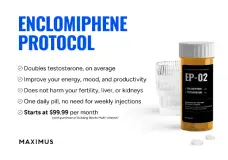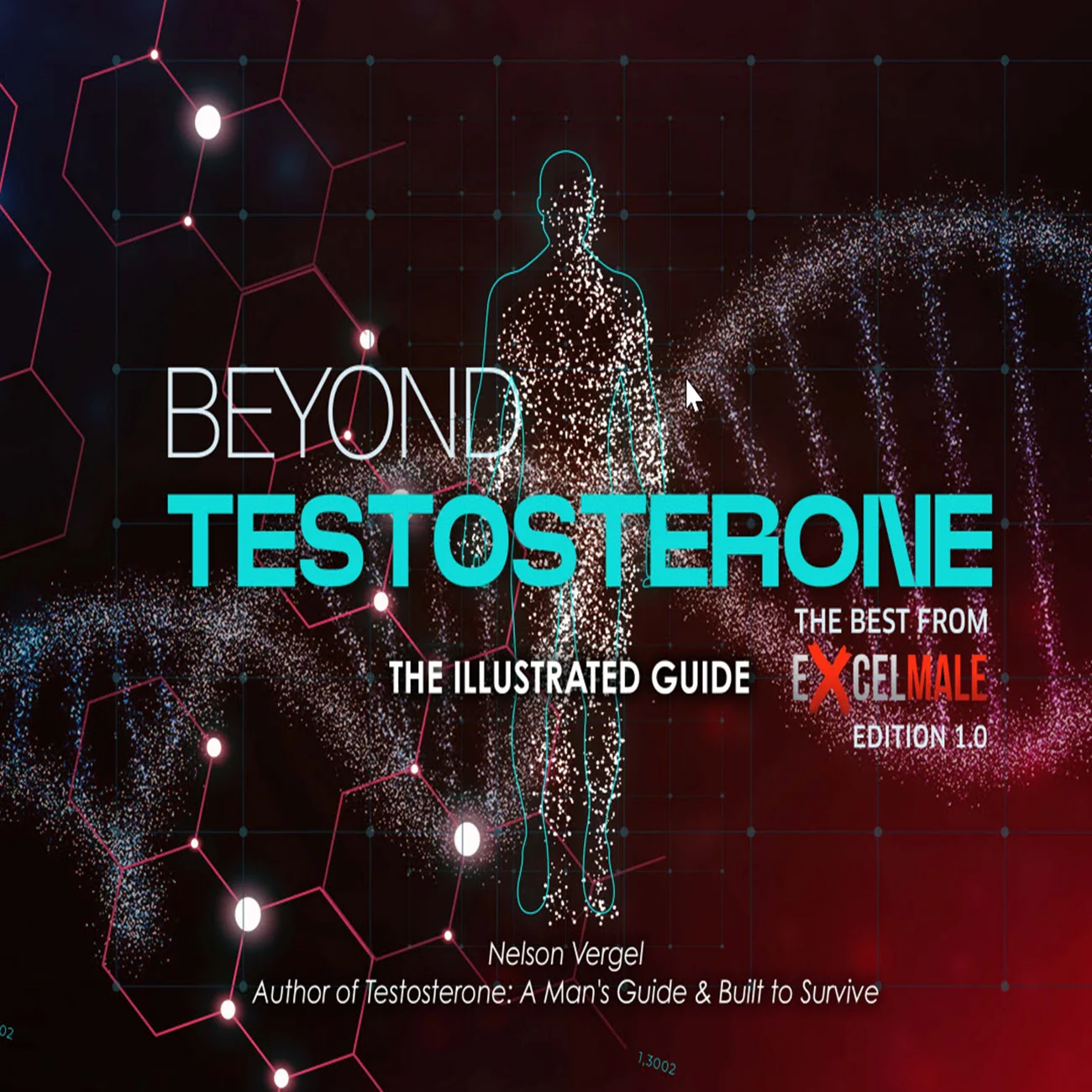madman
Super Moderator
* Over time and with exposure to supraphysiological doses of anabolic steroids, there are consequent neurophysiological changes (such as amygdala hypertrophy and alterations in the limbic system), leading to psychological reflexes that cause users to suffer from side effects related to sexual function, such as changes in libido.
SEXUAL COMPLAINTS IN MISUSE AND ABUSE OF ANABOLIC-ANDROGENIC STEROIDS
Matheus Freire, André Rizzuti, Lucas Camara, Gustavo Stocker Faculty of Medicine of Marilia - FAMEMA, Marilia, Brazil, Estácio de Sá University - UNESA, Rio de Janeiro, Brazil, Federal University of Sao Paulo (Unifesp), Sao Paulo, Brazil, Assis Gurgacz Foundation University Center, Cascavel, Brazil Presented By: Freire, Matheus
Introduction & Objective
Anabolic-androgenic steroids (AAS) are a class of substances that exhibit physiological effects similar to those of testosterone. These effects are divided into anabolic increased protein synthesis) and androgenic (male secondary sexual characteristics). But, in the context of misuse and abuse, one notable side effect is the impact on male sexual function, particularly in cases of secondary hypogonadism induced by the use of these drugs.
Methods
A literature search was conducted using the man databases from inception to October 2024, as well as books with substantial theoretical framework and clinical relevance. The search terms used were anabolic-androgenic steroids OR testosterone AND libido OR sexual function. Articles and reviews that provided the most evidence based knowledge and solid concepts regarding the topic were selected to produce a narrative review that would enable an understanding of sexual complaints in users of anabolic androgenic steroids.
Results
Over time and with exposure to supraphysiological doses of anabolic steroids, there are consequent neurophysiological changes (such as amygdala hypertrophy and alterations in the limbic system), leading to psychological reflexes that cause users to suffer from side effects related to sexual function, such as changes in libido. Furthermore, in the case of isolated use of testosterone derivatives, there is inhibition of the hypothalamic-pituitary-gonadal axis, with suppression o fgonadotropin production: Luteinizing Hormone (LH), which signals Leydig cells regarding testosterone production, and Follicle-Stimulating Hormone (FSH), which acts on Sertoli cells responsible for spermatogenesis. Consequently, endogenous serum testosterone levels reach subphysiological levels, constituting Secondary Hypogonadism Induced by the Use of Anabolic Steroids, causing the user to experience signs and symptoms such as: testicular atrophy, fatigue, lethargy, insomnia, changes in seminal parameters, gynecomastia, mood alterations, and changes in sexual function, including erectile dysfunction, reduced morning erections, and reduced sexual thoughts. Even years after the cessation of AAS use, the longer the duration of use and the higher the doses abused, former users tend to exhibit lower serum testosterone levels and signs and symptoms suggestive of hypogonadism, such as depressive symptoms, erectile dysfunction, and reduced libido, when compared to the eugonadal control group.
Conclusion
The misuse and abuse of testosterone and other anabolic-androgenic steroids are associated with impacts on male sexual function, leading to signs and symptoms such as erectile dysfunction, reduced libido, and depressive symptoms, even years after cessation of use.
SEXUAL COMPLAINTS IN MISUSE AND ABUSE OF ANABOLIC-ANDROGENIC STEROIDS
Matheus Freire, André Rizzuti, Lucas Camara, Gustavo Stocker Faculty of Medicine of Marilia - FAMEMA, Marilia, Brazil, Estácio de Sá University - UNESA, Rio de Janeiro, Brazil, Federal University of Sao Paulo (Unifesp), Sao Paulo, Brazil, Assis Gurgacz Foundation University Center, Cascavel, Brazil Presented By: Freire, Matheus
Introduction & Objective
Anabolic-androgenic steroids (AAS) are a class of substances that exhibit physiological effects similar to those of testosterone. These effects are divided into anabolic increased protein synthesis) and androgenic (male secondary sexual characteristics). But, in the context of misuse and abuse, one notable side effect is the impact on male sexual function, particularly in cases of secondary hypogonadism induced by the use of these drugs.
Methods
A literature search was conducted using the man databases from inception to October 2024, as well as books with substantial theoretical framework and clinical relevance. The search terms used were anabolic-androgenic steroids OR testosterone AND libido OR sexual function. Articles and reviews that provided the most evidence based knowledge and solid concepts regarding the topic were selected to produce a narrative review that would enable an understanding of sexual complaints in users of anabolic androgenic steroids.
Results
Over time and with exposure to supraphysiological doses of anabolic steroids, there are consequent neurophysiological changes (such as amygdala hypertrophy and alterations in the limbic system), leading to psychological reflexes that cause users to suffer from side effects related to sexual function, such as changes in libido. Furthermore, in the case of isolated use of testosterone derivatives, there is inhibition of the hypothalamic-pituitary-gonadal axis, with suppression o fgonadotropin production: Luteinizing Hormone (LH), which signals Leydig cells regarding testosterone production, and Follicle-Stimulating Hormone (FSH), which acts on Sertoli cells responsible for spermatogenesis. Consequently, endogenous serum testosterone levels reach subphysiological levels, constituting Secondary Hypogonadism Induced by the Use of Anabolic Steroids, causing the user to experience signs and symptoms such as: testicular atrophy, fatigue, lethargy, insomnia, changes in seminal parameters, gynecomastia, mood alterations, and changes in sexual function, including erectile dysfunction, reduced morning erections, and reduced sexual thoughts. Even years after the cessation of AAS use, the longer the duration of use and the higher the doses abused, former users tend to exhibit lower serum testosterone levels and signs and symptoms suggestive of hypogonadism, such as depressive symptoms, erectile dysfunction, and reduced libido, when compared to the eugonadal control group.
Conclusion
The misuse and abuse of testosterone and other anabolic-androgenic steroids are associated with impacts on male sexual function, leading to signs and symptoms such as erectile dysfunction, reduced libido, and depressive symptoms, even years after cessation of use.












